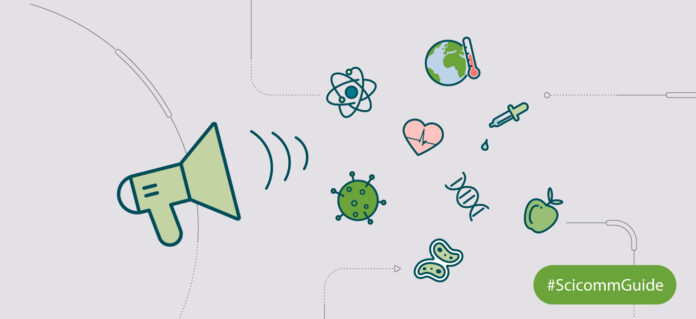Introduction
Science is a dynamic and ever-evolving field that drives innovation, expands our understanding of the world, and addresses complex challenges. However, for scientific advancements to have a meaningful impact on society, effective science communication is essential. Science communication involves conveying scientific information to non-experts in a clear, engaging, and accessible manner. In this article, we will explore the importance of science communication, its methods, and the benefits it brings to both scientists and the public.
The Significance of Science Communication
Making Science Accessible
Science communication serves as a bridge between the scientific community and the general public. It breaks down complex scientific concepts and jargon, making them more understandable and relatable to people from diverse backgrounds. By making science accessible, it fosters public engagement, empowerment, and informed decision-making.
Building Trust and Credibility
Effective science communication enhances public trust in science. It promotes transparency, highlights the rigorous methods of scientific inquiry, and demonstrates the value of evidence-based decision-making. By engaging in open and honest dialogue, scientists can build credibility and establish themselves as trusted sources of information.
Inspiring Curiosity and Wonder
Science communication has the power to ignite curiosity and inspire wonder about the natural world. By showcasing the excitement of scientific discoveries and the fascinating intricacies of various scientific disciplines, it encourages individuals to explore, ask questions, and pursue scientific literacy.
Methods of Science Communication
Written Communication
Written communication plays a vital role in science communication. Scientific articles, popular science books, blog posts, and science journalism contribute to the dissemination of scientific knowledge. Effective written communication involves presenting information in a clear, concise, and engaging manner, using storytelling techniques and visual aids to enhance understanding.
Public Talks and Presentations
Public talks and presentations provide scientists with an opportunity to directly engage with the public. These platforms allow for the sharing of scientific research, insights, and discoveries in an interactive and engaging manner. Public talks can inspire enthusiasm for science and encourage dialogue between scientists and the audience.
Multimedia and Visual Communication
Visual communication through infographics, videos, animations, and illustrations can effectively convey scientific concepts and findings. These multimedia formats make science more accessible and engaging, appealing to different learning styles and enhancing comprehension.
The Benefits of Science Communication
Empowering Decision-Making
Science communication empowers individuals to make informed decisions about various aspects of their lives. By providing accurate and accessible information, it enables people to understand scientific controversies, evaluate risks, and critically assess claims in areas such as health, environment, and technology.
Bridging Science and Policy
Science communication plays a crucial role in bridging the gap between science and policy-making. By translating complex scientific findings into actionable information, it facilitates evidence-based policy decisions. Effective communication helps policymakers understand the implications of scientific research and encourages them to incorporate scientific evidence into their decision-making processes.
Fostering Public Support for Science
Public support is vital for the advancement of scientific research and funding. Science communication fosters public appreciation for the value of scientific exploration and its contributions to society. By engaging the public in scientific discourse, it promotes advocacy for science funding, encourages participation in citizen science initiatives, and nurtures a scientifically literate society.
FAQs about Science Communication
Q1: Who is responsible for science communication?
Science communication is a shared responsibility among scientists, science communicators, journalists, and educators. Scientists play a crucial role in effectively communicating their research to wider audiences, while science communicators and journalists help translate scientific information for the general public.
Q2: How can scientists improve their science communication skills?
Scientists can improve their science communication skills by participating in science communication training programs, engaging with science communication professionals, and actively seeking opportunities to communicate their research to diverse audiences. Practice, feedback, and continuous learning are key to honing science communication skills.
Q3: Is science communication important for all scientific disciplines?
Yes, science communication is essential for all scientific disciplines. Whether it’s physics, biology, chemistry, or social sciences, effective communication ensures that scientific knowledge reaches beyond the scientific community, enabling broader understanding and engagement.
Conclusion
Science communication is a vital component of the scientific enterprise. It bridges the gap between science and society, making scientific knowledge accessible, inspiring curiosity, and empowering individuals to make informed decisions. By embracing effective science communication, scientists can build public trust, inspire enthusiasm for science, and foster a scientifically literate society that values and supports scientific advancements.
============================================


